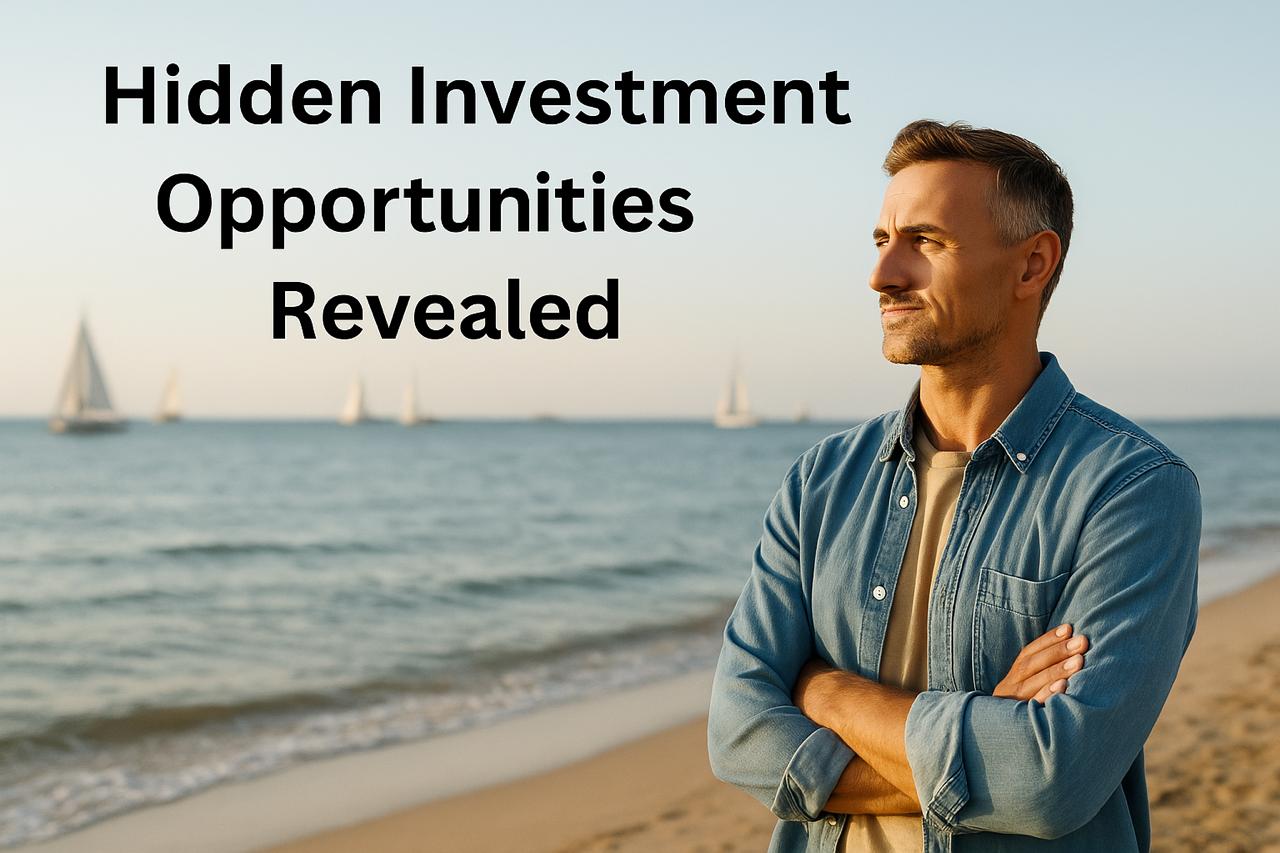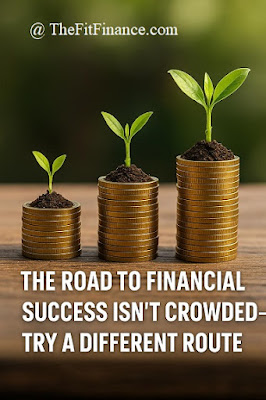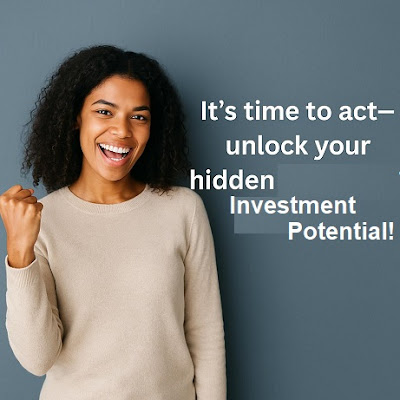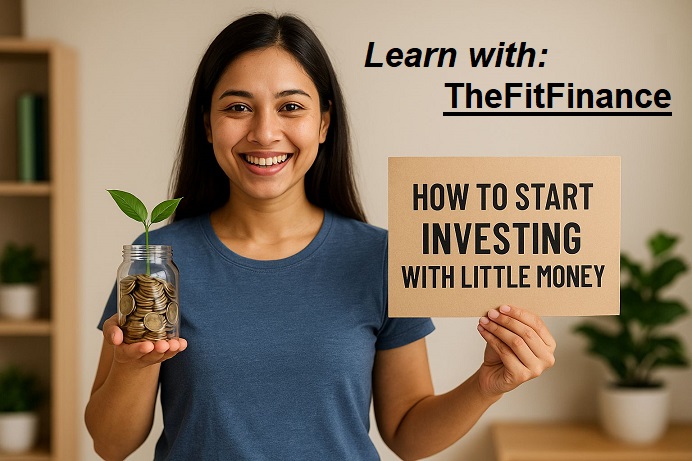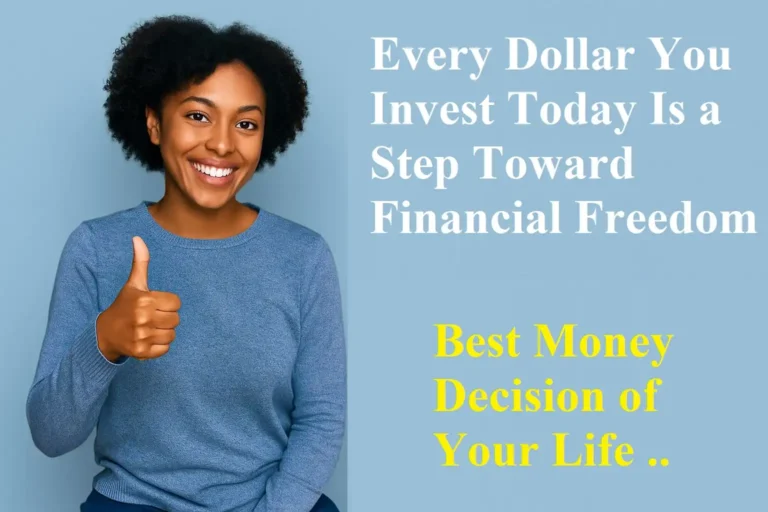What if You are Missing the Boat?
Imagine this: You are on a beach watching boats sail into the horizon. Most are big and obvious—mutual funds, stocks, real estate. But quietly, smaller boats zoom past with barely a ripple. They carry the smart money—opportunities most people overlook.
1. Fractional Farmland Investing – Grow Your Wealth Like a Farmer (Without Owning a Tractor)
Analogy Alert: Farmland is like avocado toast—it’s not flashy, but it’s feeding fortunes quietly.
Why It Works:
• Farmland returns have averaged 10–11% annually over the past 20 years.
• It is inflation-resistant (because food demand does not drop when prices rise).
• Stable long-term income through leases and crop yield.
Action Steps:
• Sign up for a platform like FarmTogether.com
• Start with as little as $10,000
• Choose a diversified crop type—nuts, grapes, or cornfields.
• Let the land work while you sip your coffee.
2. Revenue-Based Financing – Be a Shark, Minus the Boardroom Drama
Ever watched Shark Tank and thought, “I want in, but I do not have millions”? Meet Revenue-Based Financing (RBF).
Why It’s Hot in 2025:
• Startups prefer this over traditional loans—less dilution.
• You get paid monthly or quarterly as the business earns.
• Your returns scale with business performance.
How to Start:
• Check out platforms like SMBX, Mainvest, or Pipe.
• Read business pitch decks carefully.
• Invest small across multiple businesses (diversification!).
3. Art-Backed Assets – Own the Mona Lisa’s Cousin
In the past, fine art investing was only for billionaires. In 2025, it is for YOU.
Perks of Fine Art Investing:
• Non-correlated asset (immune to stock market drama).
• Tangible, with cultural and historical value.
• You can sell your share or wait for resale profits.
Take Action:
• Create a free Masterworks account.
• Choose artwork with high historical appreciation.
• Invest from $500–$1,000 per piece.
4. Carbon Credits – The Money in Clean Air
Weird but true: You can invest in pollution… by betting on less of it.
Why This Matters:
• Carbon markets are expected to grow 8x by 2030.
• Strong ESG (Environmental, Social, Governance) play.
• Hedge against regulation and environmental risks.
Invest Smart:
• Study upcoming environmental policies in the U.S. and EU.
• Start small—$500–$1,000 in verified credits.
• Reinvest returns in other green investments (solar ETFs, sustainable bonds).
5. Private Credit Funds – The Secret Bankers’ Club
When banks say no, private credit says yes—and makes a killing doing it.
Why It is a Hidden Gem:
• Current yields are 8–12% annually.
• Less volatile than public debt.
• Growing demand as banks tighten lending.
Where to Invest:
• Look at funds like Blue Owl, Artemis, or Yieldstreet.
• Go for senior secured loans (they are backed by assets).
• Minimum investment: $5,000–$10,000.
The Hidden Wealth Self-Check
Answer these quick questions honestly:
• Do I rely only on traditional stocks and mutual funds?
• Have I explored at least one alternative investment in the last 12 months?
• Am I earning more than 6% annually on average?
• 3 YES = You’re ahead of the curve.
• 2 YES = You’re curious and ready.
• 1 or less = Let’s flip the script today.
Conclusion: The Silent Path to Serious Wealth
The wealthiest people do not chase noise. They chase smart, under-the-radar plays that work quietly
Take Action Now: Your Wealth Is not Going to Wait
Ready to ride the silent wave?
• Comment below with the investment you are most curious to try.
• Share this post with a friend who’s tired of average returns.
• Subscribe to TheFitFinance newsletter for weekly wealth tips.
And if you are wondering how to turn these investments into steady income, do not miss our previous post on Systematic Withdrawal Plans (SWP)—your guide to retiring with cash flow and confidence.

